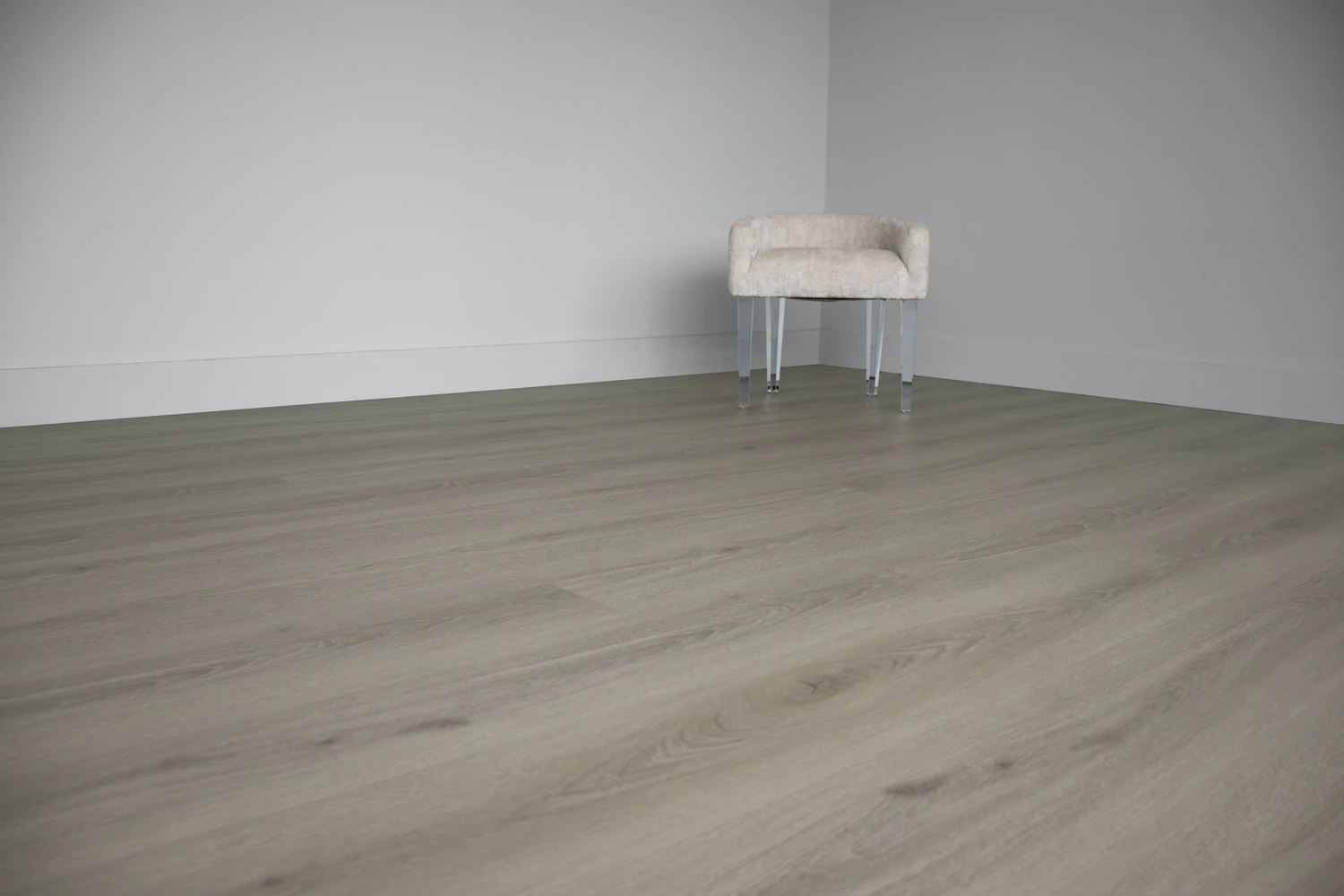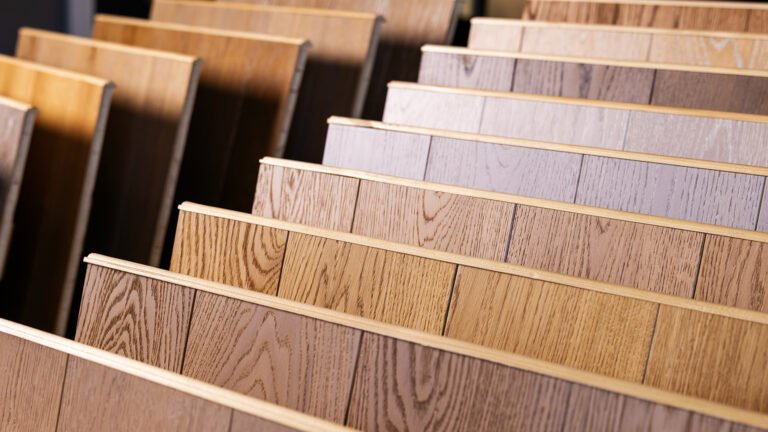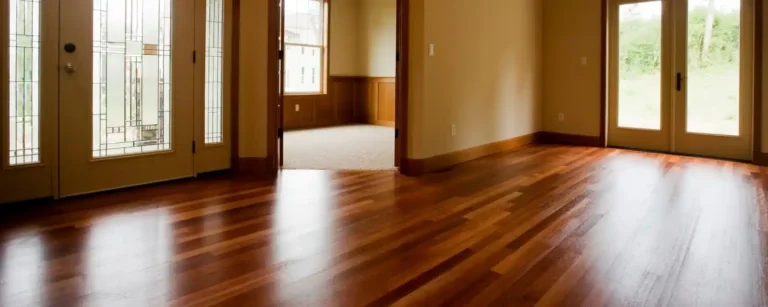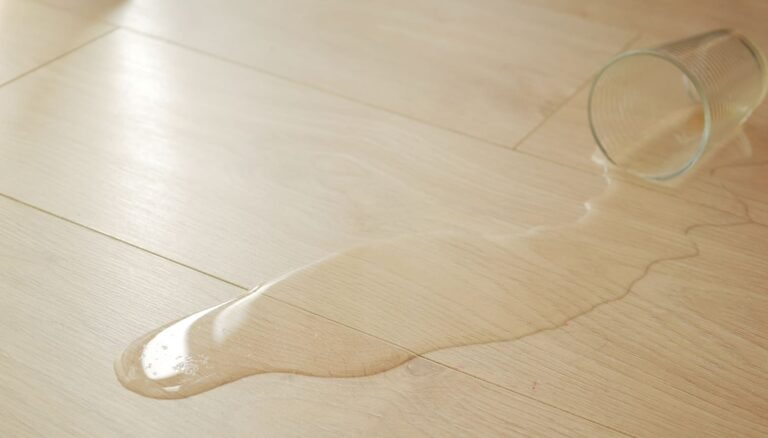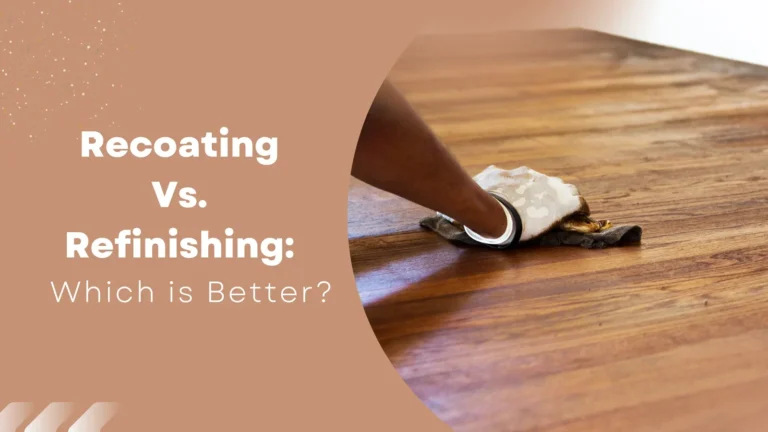Comprehensive Insights: What to Look for in Engineered Hardwood Flooring
Do you know what building industry professionals like architects, designers, showroom managers and retailers look for in engineered hardwood flooring? Look no further; you’re in the right place! This guide is all about making your custom wood flooring choice easy and exciting. In this blog, we’ll explore the key factors to consider when selecting engineered hardwood flooring for residential or even commercial interior design upgrade.
We look forward to making the selection process a fun adventure. Expect to learn how to pick beautiful, durable and easy-to-install flooring from a variety of classic wood species and specialty patterns. Let’s make your home stylish and practical without all the fuss! Firstly, let’s understand what engineered hardwood flooring is.
Understanding Engineered Hardwood Flooring
What is Engineered Hardwood Flooring?
Engineered hardwood flooring is a composite product made of layers of wood veneer bonded together. It is more durable, offering greater stability and resistance to moisture than solid hardwood. The top layer is genuine prefinished hardwood, providing the same aesthetic appeal as traditional hardwood floors.
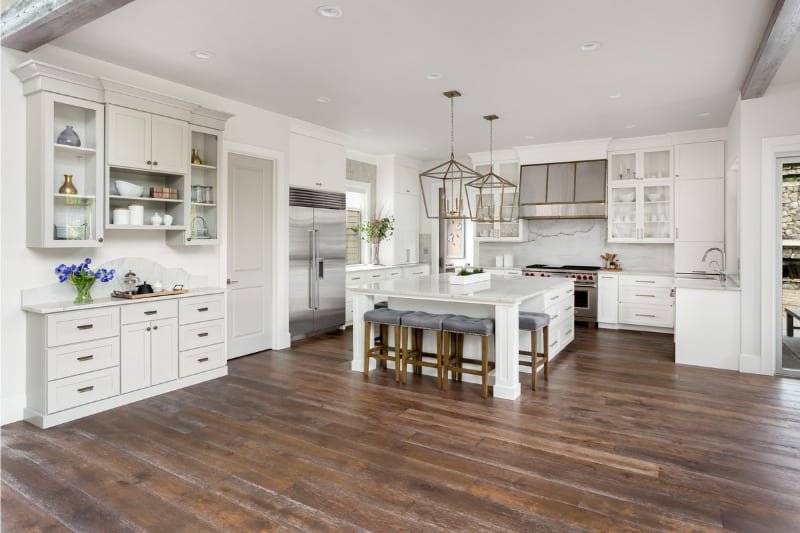
Layers of Engineered Hardwood Flooring
Engineered hardwood flooring has three main layers: the top wear layer, the core layer and the backing layer. The top layer is genuine hardwood, giving it the same visual appeal as traditional hardwood floors. The core layer, made of high-density fiberboard or plywood, adds strength and stability. The backing layer provides extra support and helps prevent moisture absorption.
How It Differs from Solid Hardwood and Laminate Flooring
One key difference between engineered hardwood and solid hardwood flooring is their construction. Solid hardwood is made from a single piece of walnut, maple, oak or other common wood species for floors. In contrast, engineered hardwood comprises multiple layers of wood veneers bonded together. This construction gives engineered hardwood more resistance to moisture and temperature changes, making it suitable for installation where solid hardwood may not suffice.
Laminate flooring is a synthetic alternative that imitates the appearance of hardwood. It uses a high-resolution image of wood grain printed on a fiberboard core. Laminate is cheaper and easier to install but lacks natural hardwood’s traditional durability and authentic beauty.
Benefits of Engineered Hardwood
Engineered hardwood flooring provides several benefits, making it a popular choice. These include:
- Durability: It is resistant to warping, cracking and cupping, making it ideal for high-traffic areas.
- Stability: Its cross-grain construction enhances stability, reducing vulnerability to humidity and temperature changes.
- Versatility: We can use engineered hardwood in basements and kitchens, where solid hardwood isn’t advisable.
- Aesthetic Appeal: Engineered hardwood offers natural beauty in many species, colors and finishes.
- Eco-Friendly: Engineered hardwood is often made from sustainable materials, making it an environmentally friendly option.
To learn more about engineered hardwood flooring, check out our previous blog, “What is Engineered Hardwood?“.
What to Look for in Engineered Hardwood Flooring?
Now that we’ve discussed engineered hardwood flooring construction and its benefits, it’s essential to consider certain factors when selecting the flooring. Here are some points to remember:
Material Quality
As any seasoned flooring manufacturer or home construction contractor knows, the quality of materials directly impacts how well-engineered hardwood flooring performs and how long it lasts. Opt for flooring that features high-quality veneers and durable core materials for better performance.
Wood Type
The type of wood used to construct engineered hardwood flooring affects its appearance, durability and overall quality. Common wood species used in engineered hardwood include oak, maple, hickory and walnut. Each wood type showcases distinct grain patterns, colors and hardness levels.
Top Veneer Layer Thickness
Consider the thickness of the top veneer layer, also known as the wear layer, when choosing engineered hardwood flooring. A thicker wear layer enables multiple sandings and refinishing treatments. Opt for a 2-4 millimeters wear layer thickness to ensure your flooring can withstand daily wear and tear.
Plank Dimension
When deciding on engineered hardwood flooring, consider the planks’ dimensions. The planks’ width and length can impact your space’s appearance and feel. Wider custom wood floor planks create a more open and spacious feel, while narrower ones add a touch of traditional charm. Moreover, longer planks can help build continuity and flow in larger rooms such as kitchens, living rooms or dens. Consider the size of your space and your aesthetic preferences when selecting the plank dimensions for your engineered hardwood flooring.
Finish and Appearance
Surface Finish Options
Pre-finished engineered hardwood flooring has three surface finish options: matte, semi-gloss and gloss. Matte finishes have a natural and understated appearance, ideal for more relaxed or rustic spaces. Semi-gloss finishes add a touch of elegance and sophistication, and gloss finishes create a luxurious look. When selecting the finish type for your custom wood floors, consider both lighting and frequency of foot traffic for the room.
Color and Grain Pattern
The color and grain pattern of engineered hardwood flooring greatly impact its overall appearance. You can choose from various colors, from light and airy to rich and dark hues, from ash white to rustic red to coffee brown and anywhere in between. The wood’s grain pattern can vary, ranging from subtle and uniform to bold and pronounced. Consider your space’s existing interior design color scheme, theme and trends when deciding on the color and grain pattern for your custom wood flooring.
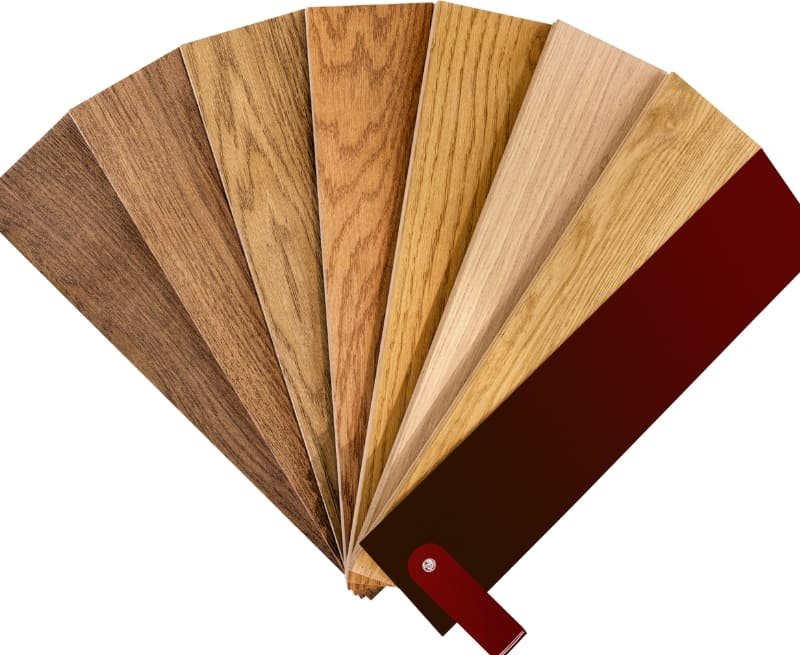
Installation Method
The installation methods for engineered hardwood can vary depending on the manufacturer and product. Common methods include floating, glue-down and nail-down. Floating involves interlocking planks without using adhesive. Glue-down installation secures planks to the subfloor using adhesive, ensuring stability. Nail-down is a traditional approach that involves attaching the planks to the subfloor using nails or staples. Each method has advantages and disadvantages, so choose the one that best suits your needs.
Durability and Maintenance
Engineered hardwood flooring is to durable, water-resistant and low-maintenance, making it popular among homeowners. It can withstand foot traffic, spills and scratches. Cleaning and maintaining engineered hardwood is also easy. Regular sweeping and occasional mopping with a hardwood floor cleaner can preserve its appearance for a long time.
Warranty
When purchasing luxury hardwood floors of any type, it’s important to consider the warranty coverage. Most manufacturers provide warranties that cover defects in materials for a specified period. Some warranties may also cover wear and tear, fade, and moisture resistance. Before deciding, carefully read the warranty terms and conditions, including any limitations.
Budget Considerations
Budget is an important factor to consider when choosing engineered hardwood flooring. It is more affordable, but prices vary based on quality, brand and installation methods. Before deciding, compare prices and quality to ensure you get the best value for your budget.
Comparing Engineered Hardwood Cost with Other Flooring Options
| Flooring Option | Cost Per Square Foot (Material) | Cost Per Square Foot (Material) | Total Cost (Per Square Foot) |
| Engineered Hardwood | $3 – $10 | $2 – $5 | $5 – $15 |
| Solid Hardwood | $5 – $15 | $3 – $7 | $8 – $22 |
| Laminate Flooring | $1 – $5 | $1 – $3 | $2 – $8 |
Factors Influencing the Overall Cost
Many factors influence the cost of engineered hardwood. Let’s discuss three key factors that affect the prices you see in interior design showrooms and flooring retailer websites:
Quality
The quality of engineered hardwood flooring varies and directly affects its cost. Higher-quality options often have thicker top veneer layers and a more durable core. Despite the higher initial cost, these options provide superior durability, longevity and performance.
Brand
The brand of engineered hardwood flooring also influences its price. Well-known brands charge higher prices due to their commitment to quality assurance and customer service. Lesser-known brands may offer more affordable options. Research and compare different brands to find the right balance between quality and affordability.
Installation Method
The method chosen for installing engineered hardwood flooring can impact its overall cost. The floating installation method is generally more cost-effective than glue-down or nail-down methods. Factors such as the chosen installation method, the subfloor’s condition, and any additional preparation work also affect the final cost.
If you are concerned about the cost of engineered hardwood. You can check our blog, “Engineered Hardwood Flooring Cost“.
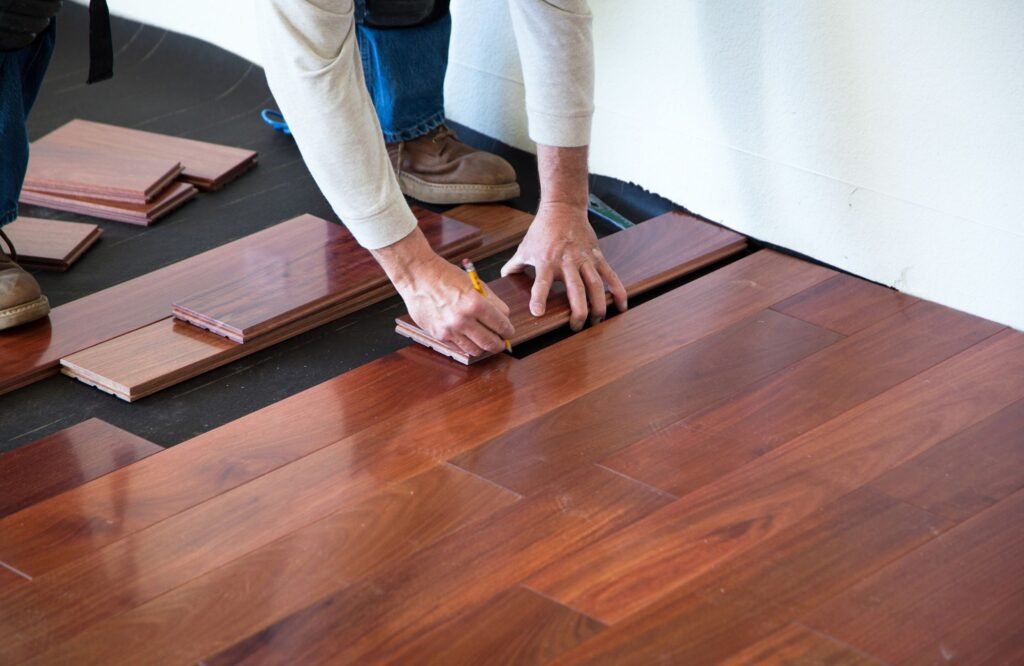
Shopping Tips
As you start speaking to contractors and designers and seeking out the right engineered hardwood flooring for your space, remember these shopping tips:
Look for Flooring with a Thick Wear Layer
Choose engineered hardwood flooring with a thick wear layer. Thicker wear layers are more durable and allow multiple sandings and refinishing treatments. It ensures your flooring lasts and maintains its appearance, making it a worthwhile investment.
Choose a Reputable Manufacturer
When purchasing engineered hardwood flooring, it is essential to select a reputable manufacturer. Look for manufacturers with high-quality products and excellent customer service. Reputable manufacturers often provide warranties and guarantees, giving you peace of mind.
Read Customer Reviews
Before deciding, read customer reviews for the engineered hardwood flooring you’re considering. Reviews provide insights into quality, performance and satisfaction. Pay attention to common issues to make an informed decision.
Deciding Factors: Key Considerations for Engineered Hardwood Flooring
Choosing engineered hardwood flooring involves considering quality, wood type, thickness, finish and installation method. Understanding these factors helps you make a knowledgeable and informed decision based on your needs. For long-lasting performance, prioritize high-quality materials, reputable manufacturers and proper installation.
As you explore options and decide on your flooring needs, remember that Villagio Wood Floors is here to support you. Based in California, we specialize in producing premium engineered hardwood flooring for retailer resale or direct-to-consumer purchase. Our engineered hardwood blends the beauty of natural wood with modern engineering, ensuring durability and aesthetic appeal. Look at our collection and find the perfect flooring solution for your space.
What to Look for in Engineered Hardwood Flooring? – FAQs
Can engineered hardwood flooring be refinished?
Yes! You can refinish engineered hardwood flooring if the top layer is thick enough. Thicker wear layers enable multiple sandings and refinishing treatments, extending your flooring’s lifespan.
How do I maintain and clean engineered hardwood flooring?
Maintaining and cleaning engineered hardwood flooring is relatively simple. Regularly sweep or vacuum with a soft-bristled attachment to remove dust and debris. For deeper cleaning, we recommend damp mopping with a hardwood floor cleaner. Avoid excessive water or harsh cleaning agents, which can damage the flooring.
If you want to learn how to clean your engineered hardwood properly, read our blog, “How to Clean Engineered Hardwood Floors.”
Are there any potential drawbacks to using engineered hardwood flooring?
While engineered hardwood flooring provides many benefits, it has potential drawbacks. These include limited refinishing options, susceptibility to water damage and VOC emissions. However, choosing high-quality flooring and ensuring proper installation can reduce these issues.
How do I prevent scratches and dents on engineered hardwood flooring?
Use furniture pads or coasters under heavy furniture to prevent scratches and dents. Additionally, placing rugs or mats in high-traffic areas can help protect the flooring from wear and tear. Avoid dragging heavy objects across the floor and promptly clean up any spills to prevent damage.
What is the best thickness for engineered hardwood flooring?
The ideal thickness for engineered hardwood flooring depends on your needs and preferences. Thicker wear layers provide durability and longevity, while thinner ones are more budget-friendly. Consider foot traffic, lifestyle, and desired lifespan when choosing flooring thickness.
Learn more about engineered hardwood thickness in our comprehensive blog, “How thick is engineered hardwood?“
What is the lifespan of engineered hardwood flooring?
Engineered hardwood flooring’s lifespan varies based on quality, maintenance and wear layer thickness. With proper care, it can last 20 to 30 years or more.
What is the cost difference between engineered hardwood and solid hardwood flooring?
Usually, engineered hardwood flooring is more affordable than solid hardwood, ranging from $3 to $10 per square foot. In contrast, solid hardwood costs $5 to $15 per square foot or more. Installation, wood species, finish and brand can influence the overall cost difference between the two options.
If you want to learn in detail, you can read our comparison blog, “Engineered Hardwood vs. Solid Hardwood“.

